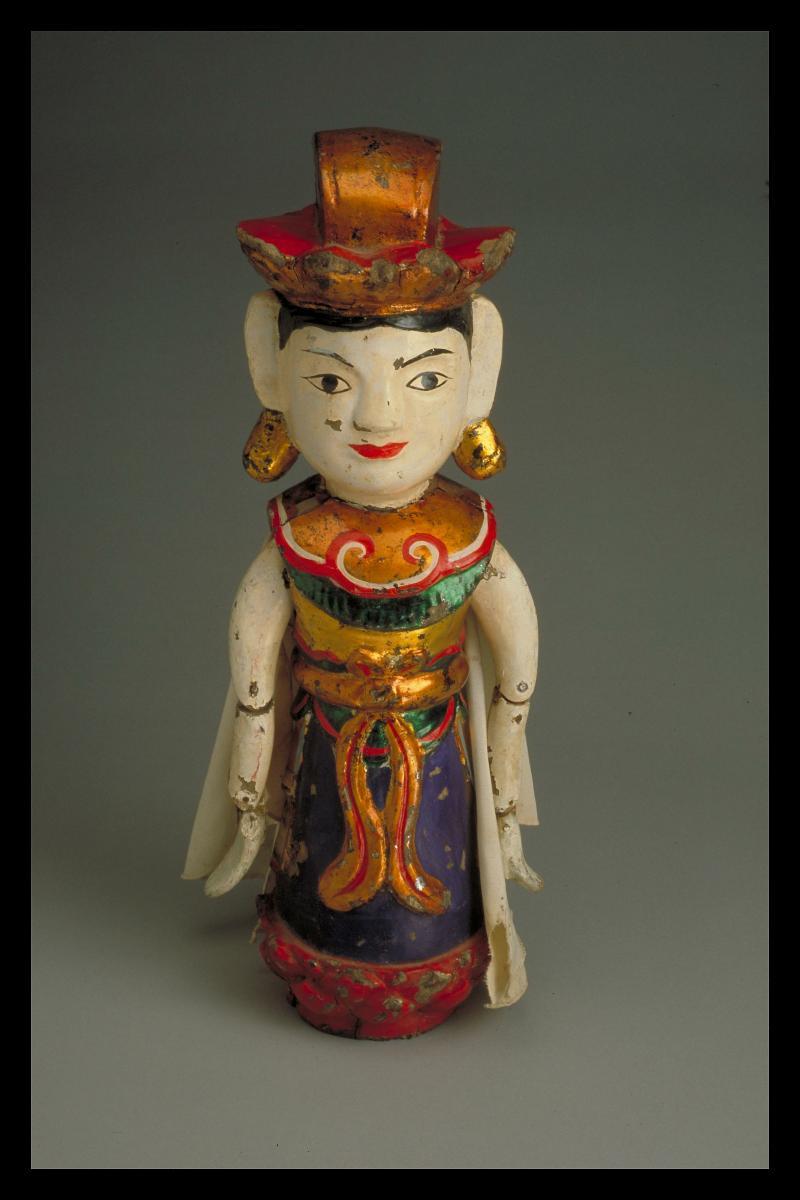

Here, we see the face and spirit as when entering the temples, pagodas, communal houses, etc. In the royal sculpture, the “Four spirit animals” (dragon, unicorn, turtle, phoenix) and the “Eight Immortals” is the most typical.

You can see in each type a few main works to evaluate carefully. and animals such as dragon, phoenix, crane, unicorn, etc.)Īlthough there are many types, there is almost a general concept of shaping: clear personality, playfulness, water-friendly (from size, color, weight to internal machinery) The second type: Affected by royal sculpture (often depicted as national heroes such as Le Loi, Hai Ba Trung, Tran Nguyen Han, etc.The first type: Affected by folk sculpture (often depicted as life characters such as fish trapping, man fishing, fishing boat couple, rice grinder, rice pounder, etc.).These two elements cover all the ancient performances that we have known so far. Water puppetry shaping art depicts the royal traditional sculpture and the folk sculpture. It not only helps the audience recognize the face, shape of characters (life history) or animals (dragon, unicorn, turtle, phoenix) but also leads the audience to understand the meaning and content of a repertoire played by “puppets”. And since then, these characters have made the audience see the activity of a lively miniature society… Shaping art is considered as one of the most important characteristics in this art. What is this animal? Who is this character? Good or evil?. The audience comes to the water puppet show firstly to see the beauty, the appearance of the puppets. That art exists parallel with the development of ancient sculpture, evident from the early period of consolidation of flourishing feudalism – Ly– Tran Dynasty buddhist sculpture to Le Dynasty royal sculpture and village communal house wooden sculpture at the end of Le Dynasty (XVI, XVII, XVIII centuries, especially in the XVII century when the village communal house wooden sculpture was standing firmly). The life on the river has defined the unique form of this art – water puppetry and water puppetry shaping. The water puppetry was born in these scenes and separate emotions. The life of farmers always associated with the buffalo herding, duck grazing, rice pounding, rice grinding, and “husband ploughs, wife transplants, buffalo rakes”, etc. Vietnam country, Vietnam countryside is rich in fertile farmland, abundant bamboo and numerous of ponds, rivers, canals, etc. Thus, our puppetry has a long history of about 1000 years. Sung Thien Dien Linh stone inscription in Long Doi Pagoda (Ha Nam Ninh) records that “ Puppetry was the circus show for Kings of Ly Dynasty in the Kings’ longevity wishing ceremonies ” (XII century) có thể đã có. Why does it have that power? Why can it conquer Western Europe which has a long-standing culture? In order to find the answer, we return to the source for analysis and evaluation from a historical point of view. Recently, Vietnamese water puppetry is also welcomed in many cities in Japan and Australia, France, Germany, United Kingdom, Switzerland, etc.Įverywhere, our water puppetry is always a kind of favorite art. Serip Kaznada, director of the World Cultural House: “ Water puppetry enriches the cultural heritage of humanity, preventing the risk of being pushed into the “hidden”, “forgotten”… state (March 1984). The “World” Newspaper with the big title “Do not miss it! Water puppetry is great” or “This is an opportunity to discover and admire all the wonders of a thousand-year-art… Traditional art? Folk art? That's for sure” (Catholic Evidence Newspaper - April 1984), or as Mr. It can be said that there has not been any foreign art troupe when performed in Paris made all newspapers (including right-wing newspapers) praised, although restrained.įrom surprise to admiration, European audience gave our art special sentiments. For the first time (March 1984), Vietnamese water puppetry troupe arrived in Paris, Lyon, Marseille… (France) and several Italian cities were warmly welcomed by the public.


 0 kommentar(er)
0 kommentar(er)
